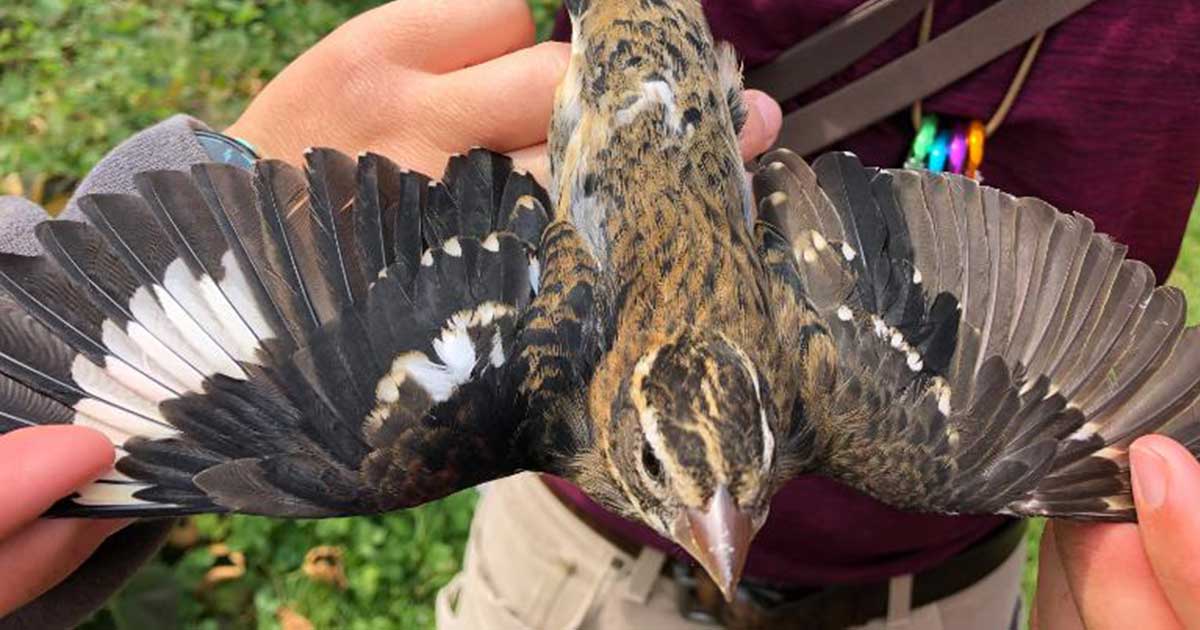A team of researchers monitoring bird populations at Powdermill Nature Reserve, in Rector, Pennsylvania discovered a rare songbird that is male on one side of its body, and female on the other.
The bird was identified as a Rose-breasted Grosbeak, and is distinguished by their color: males have pink “wing pits,” while females are yellow-brown.
“Everyone here, I mean the whole crew, was just so excited,” said Annie Lindsay, the nature reserve’s bird banding program manager.
“One of them described it as ‘seeing a unicorn’ and another described the adrenaline rush of seeing something so remarkable. They all are incredibly grateful to be part of such a noteworthy and interesting banding record.”
“There was this scientific interest, of course. But also happiness for seeing something that was so rare,” she added.
The genetic variation found in the bird is known as bilateral gynandromorphism, and due to its rarity, do not know much about how it affects the bird’s life.
Gynandromorphy is when an animal has both female and male characteristics, while bilateral gynandromorphs often appear more dramatically different because those characteristics are separated down the middle of their body.
It is different from hermaphrodism, in which an organism has both male and female reproductive organs but may appear on the outside to be either male or female.
“There probably aren’t any advantages to it,” said Lindsay.
“It will definitely impact its ability to mate. We do not know if that female side has a functional ovary. If it does, and it is able to attract a male mate, it could reproduce.”
While hermaphrodism is natural among many creatures, gynandromorphy is rare and, in birds, seems to occur when cells fail to divide properly early on in development.
“I think this time around I have more knowledge about just how rare this is,” Lindsay said.
“Just watching everyone else react—it was like pure joy.”



